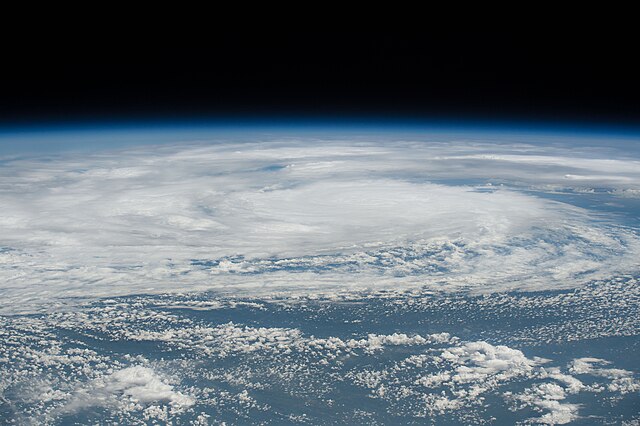
The Composition Of Our Atmosphere
The Earth’s atmosphere is a complex and dynamic system in which a multitude of chemical, thermodynamic and fluid dynamic effects take place. It has undergone three major evolutionary changes since the formation of our planet: the early atmosphere, ocean formation and biological era. Without it, life would not exist, so it is imperative that we protect it to safeguard our future.
Atmospheric Evolution
When the Earth was formed 4.5 billion years ago, there was no atmosphere. Volcanic activity formed the very first protective layer around our planet, through the release of gases such as carbon dioxide, methane, nitrogen and water vapour. As the planet began to cool 700 million years later, the water vapour condensed to form our oceans which in turn soaked up large amounts of carbon dioxide from the atmosphere. We finally entered the biological era of our atmosphere through the action of photosynthesis from bacteria and algae. This caused much of the atmospheric carbon dioxide to be converted into oxygen, creating the ozone layer and a supportive environment for life on Earth.
Chemical Composition
The chemical composition of our modern day atmosphere is vastly different to how it began. It is currently composed of 78% Nitrogen (the most abundant but inert gas), 21% oxygen (the part we need to breathe), 0.9% Argon, 0.04% carbon dioxide and 0.06% other gases. Ozone in the atmosphere helps to protect us by absorbing harmful UV rays while greenhouse gases help insulate the planet to keep it warm and able to sustain life. Human activity in the last 200 years through industrialisation, however, has had a profound effect on the atmosphere. With the burning of fossil fuels, deforestation and release of carbon dioxide back into the atmosphere, we have seen an increase in global warming.
The Physical Structure Of The Atmosphere
Our atmosphere is broken down into five main layers. The lowest layer is known as the troposphere and is the layer we all live directly beneath. It contains most of our weather patterns and water vapour and extends around 10km high. Higher up lies the stratosphere, which contains most of the ozone that protects us from UV rays. Unlike the troposphere, the temperature rises in the stratosphere as the altitude increases; this reflects the increase of unabsorbed UV rays. The mesosphere is considered part of the middle atmosphere and contains gases that are still thick enough to slow down meteors heading towards earth. The thermosphere absorbs large amounts of solar radiation, causing ionisation of molecules and also plays an important part in radio wave reflection around the globe. The outer layer is called the exosphere and contains gases that are so sparse they rarely come into contact with each other.
Importance To Life
Our atmosphere is vital to our planet and its delicate balance of gases enable the right conditions for life to thrive. It plays an important part in regulating the earth’s temperature, protects us from UV rays and facilitates global weather patterns and the water cycle. In the modern age of industrialisation, our atmosphere is now under threat and increased efforts are needed to move towards renewable energy sources and sustainable practices. Hopefully this article will have demonstrated further evidence and reason as to why the fight against climate change is so important. It is factual, undeniable, and if we are not more direct in our response, its break down is entirely inevitable.
If you are interested in studying a Science, Oxford Open Learning offer you the chance to do so at a variety of levels, listed below. You can also Contact Us here.
Human Biology IGCSE Fast Track